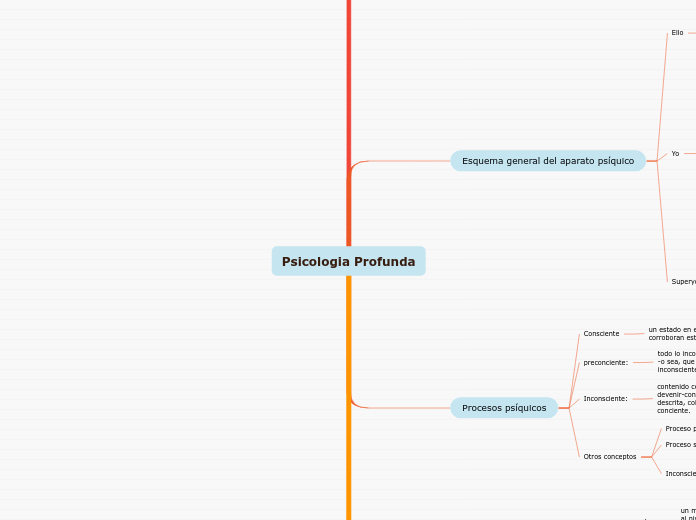par aleks perez Il y a 5 années
614
Psicologia Profunda

par aleks perez Il y a 5 années
614

Plus de détails

To name your story, you have to think about the overall message and what you want your audience to understand from the story. Also, make it relevant and easy to remember.
The ending of a story is essential. We all know that if the ending is weak, what happened before loses its importance. So make it unpredictable, but fair. A resolved ending answers all the questions and ties up any loose threads from the plot.
This is the closure section of the story.
See examples of possible outcomes below:
Try answering these questions to come up with a closure:
- Have all the problems been solved?
- Is there a clear picture of what happens with each character in the story?
- Has the challenge transformed your main character?
- How do the characters feel in the end?
This is the moment when the main character surpasses the last obstacle and finally faces their greatest challenge.
The climax usually follows one of these patterns:
Type in your answer.
The middle of the story is where you add layers of complications that will lead to the end. Reveal more about the character's journey. Did their personality go through changes? How did they overcome the challenges? And as you build up the story’s central conflict, make it more personal to that character. Also, from the middle act, you have to lead into the final act.
There wouldn't be any tension and excitement in your story if there weren't any obstacles in your character's way.
A story is nothing more than a character overcoming a series of difficulties to reach the desired goal. Obstacles usually create suspense and conflict. In overcoming obstacles, there is growth: weak becomes strong; hatred turns into love; sadness into happiness; wrong into right; lies into truth; or evil becomes good.
See a few examples below:
Your character(s) need(s) motivation in order to solve the challenge(s).
Why does your character need to confront this challenge? What does he/she expect to accomplish by solving it?
See a few examples:
Each story has a main character and that character usually needs to solve a problem or challenge. The character's challenge is the one that creates tension throughout the story.
In most stories, there are 3 challenges. The number 3 is a mystical number symbolizing completeness. Try to come up with interesting challenges with which your character needs to struggle.
See a few examples below:
In the beginning of the story (or the exposition), you will need to introduce the setting and characters. You might also want to introduce the main conflict. This part of the story is important because it gives the reader necessary background information and maybe even a first insight into a character’s personality.
The setting (time & place) of a story can change throughout the plot.
The time of the story can also change. It can describe the event of a single day or can include an entire year's plot. Anyway, don't forget to mention it.
la técnica terapéutica (qué es). de qué modo lo puede ayudar la misma (cómo se aplica). en qué casos se utiliza predominantemente (para qué sirve). observar si el psicólogo posee título habilitante. solicitar al psicólogo que le informe claramente qué tipo de orientación y técnicas generalmente aplica. buscar información sobre las terapias que son indicadas como eficaces para problemas como el suyo. informarse sobre las diferencias entre las cinco corrientes principales de psicología detalladas previamente. solicitar al profesional un estimativo de duración del tratamiento
Your story can take place wherever your imagination will take you to.
For example: in an elevator, in an enchanted forest, etc. Don't forget to give details of the environment each time the setting changes, otherwise, the story can be confusing. Also, mention the seasons as each of them has unique weather and events.
gestalt
Psicoanalisis
es una teoría de la personalidad, desarrollada principalmente por freud, como forma de terapia. se basa en la creencia de que los problemas psicológicos son síntomas de conflictos internos, reprimidos durante la infancia y de que la tarea del psicoanalista es ayudar al paciente a traer estos conflictos ocultos a la conciencia de tal forma que se les pueda abordar de manera efectiva.
Neurosis
afecciones del yo tienen caracteres específicos, son una miseria de índole particular, esperaremos hallar para ellas unas causas específicas, o bien podemos formarnos la representación
El psicoanalista utiliza predominantemente la técnica de “asociación libre”
Teoria sistematica y cognitivismo
conductismo
psicología humanística
Characters are essential to a good story. Usually, the protagonist(s) is/are the most affected by the plot. Introduce a character by focusing on their actions, interests, and occupation, as the physical appearance doesn't make a difference in most cases.